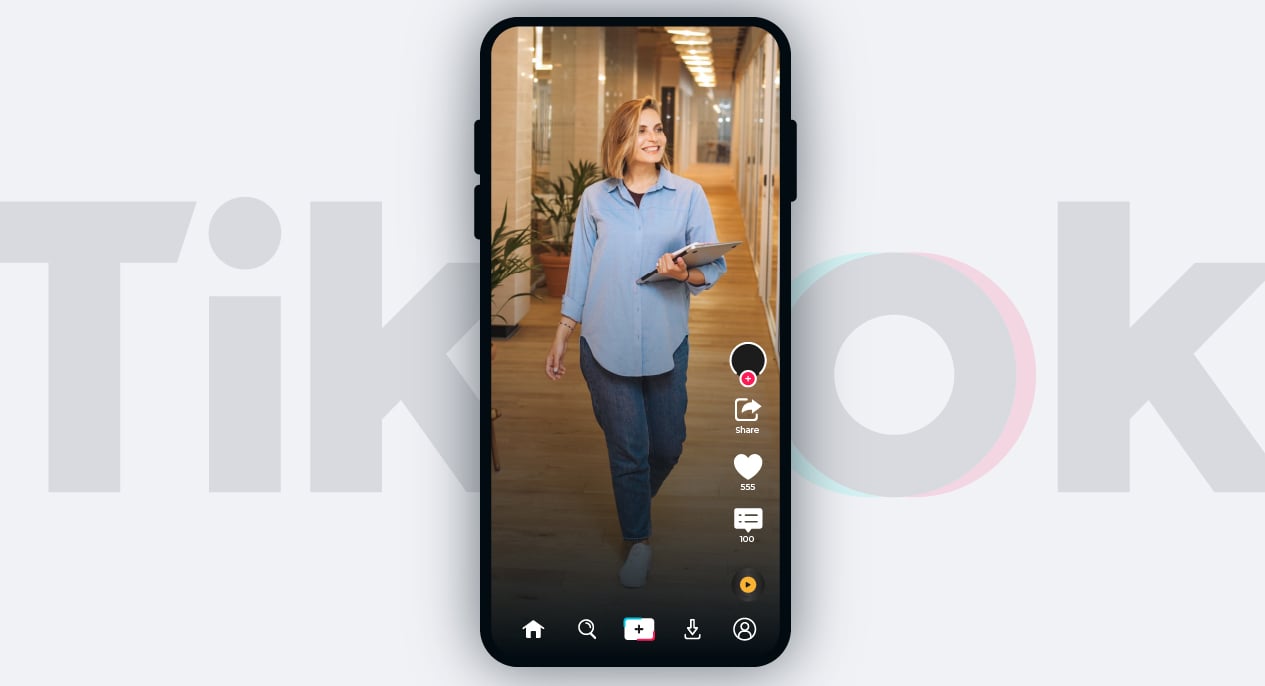The recruiting world can learn a lot from the marketing realm, especially now that recruitment marketing is becoming more established. Organized campaigns, content marketing, and using social media to reach passive job hunters are some of the ideas that made their way in between these two sectors. Another idea that makes sense to cross over is the idea of a multi-channel approach to building a talent network.
Just what is a talent network in this context? It’s your followers on social media, readers of your content, and your pool of potential candidates. It’s the people who, when they’re ready to change jobs, will remember you and come looking, without you needing to do any further convincing. These are your word-of-mouth marketers, telling their friends and cohort at work about your employer brand and your employee value proposition.
1) Know Your Employer Brand
If you remember only one piece of this article, make it this. You can’t expect other people, outside your company, to remember and spread the word about your excellent employer brand if you don’t own it first. You need to have that brand, and all of the pieces of your employee value proposition, down cold before you start selling it to potential candidates.
What would happen if you were to engage with a follower on Twitter who wrote a question that you couldn’t answer in a timely manner? You’d lose their attention and likely their interest.
Before you post articles boasting your fantastic benefits package, be sure to know that package inside out and upside down. That way, when the questions come up, you can wow them with your encyclopedic knowledge AND your real-time response. Now you’ve got a word-of-mouth champion on your side who will continue to spread the word to their network.
2) Reach Your Candidates Where They Are
We’re talking about reaching out to passive job hunters, so where are you going to find these folks? On social media, on LinkedIn, and reading your company blog, that’s where.
Passive job hunters aren’t actively looking to change jobs. By cultivating your presence on social media, you can reach them in their downtime, when they’re killing time unwinding on break, or mulling over their last big presentation and wondering how to avoid those in the future.
The subtle influence of seeing your employer brand in front of them when they’re scrolling through their feed will work wonders. And having real-time interactions with you via comment threads, or responses to Tweets will further reinforce the value proposition and cement what an awesome, responsive company you are.
Now, when these followers are ready to change jobs, you won’t have to go out and find qualified candidates—they’ll come right to you and inquire about openings!
Part of this aspect of developing your robust talent network is having a solution in place to both automate and organize your campaigns. Automating posts takes the hassle of remembering a schedule and managing these posts off the plate of your team, allowing them to spend more time on real-time collaboration. This not only ensures everyone on your team is on the same page, it also ensures your potential candidates are getting the attention they need to go out and evangelize your amazing employee value proposition.
3) Be Proactive
This one is a sort of overarching rule to live by, but one that’s extremely relevant to our topic today. When you’re looking to build your talent network, it pays to be proactive. This means everything from content management, organizing your distribution channels, and managing your candidate pipeline, to how you collect your candidate's information.
Having great content is key to any recruitment marketing effort. When it comes to developing your talent network, having content posted on a regular schedule is just as important as having your job listings posted the day they become available. You’re looking to attract passive candidates for your network, and one of the best ways to do that is to have them looking forward to your weekly summary post. Or your morning Tweets about news in the industry.
Being proactive also means having team members available to monitor your social media feeds in order to respond to questions, share great content, and field incoming candidate information requests. Having your content scheduled ahead of time frees up your teams human hours to address these proactive activities.
4) Offer Exclusive Content
You need candidate contact information in order to consider them part of your talent network, right? But you can’t really just ask them for it, that sounds needy. The best way around this is to offer prime content, exclusively for your network. Ask for general contact information, along with some basic demographics, in exchange for ebooks, access to webinars, etc.
Make this prime content stand out. Create ebook content that differs from your general blog offerings, something that really digs into current goings on in your industry, or that covers a series of tips & tricks for making the most of a job hunt. Or offer exclusive access to a webinar.
Webinar subjects could include:
-
The top 5 skills you look for in a full-stack developer
-
Why your customer care managers are the key to your success
-
Employee success stories, 5 current employees share how they’ve achieved their most recent wins
-
A panel discussion with management, where they discuss what they’re looking for when they build a new team
5) Host Job Fairs
Job fairs, either in real life or virtual, are a great way for potential candidates to get a hands-on feel for your company’s culture and value offerings. You can even make attendance one of the prime content offerings you created in exchange for adding people to your talent network.
Job fairs offer you the opportunity to engage in real-time conversations with your network. This is a great way to quickly deepen their connection to your company, and for you to share your enthusiasm for your employer brand.
A virtual job fair can be as simple as a livestream with a member of your recruiting team. This gives attendees the chance to ask questions and is wowed by your teams' responsiveness and depth of knowledge of all your company has to offer.
A real-world fair can include a Q&A with a panel of current employees. Having an opportunity to ask questions about company culture, or EVP, of actual employees, is not common and could give you the upper hand when these potential candidates convert to active ones and want to enter your candidate pipeline.
Taken together, these 5 key components of a robust talent network power your recruitment marketing efforts. The network you’re building now will be your word-of-mouth marketing team in the future. They are also the people who will one day convert to active job hunters and become your ideal candidates.








